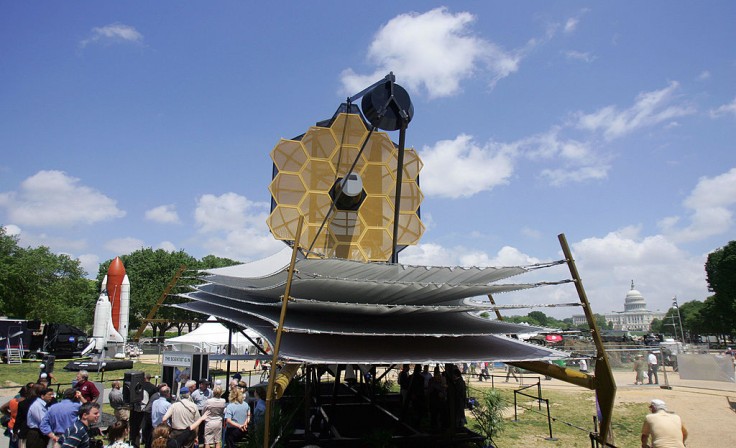
After years of delay, the James Webb Telescope launch finally happened on Christmas. Replays are available for the $10 billion space project.
NASA celebrated its Christmas with the historic launch of James Webb Telescope. This highly anticipated event carries the hopes and dreams of astronomers, astrophysicists, planetary scientists and other space fans from around the world.
Where to Watch James Webb Telescope Launch
According to NASA, the most powerful space telescope ever built launched at 7:20 AM EST. It rode aboard an Ariane 5 rocket from Europe's Spaceport in French Guiana. The Official NASA Broadcast for the event took two hours and 17 minutes to complete.
NASA tweeted the liftoff highlight in a 32-second video. They described the event as a mission to "unfold the universe" and revolutionize the study of space science.
We have LIFTOFF of the @NASAWebb Space Telescope!
— NASA (@NASA) December 25, 2021
At 7:20am ET (12:20 UTC), the beginning of a new, exciting decade of science climbed to the sky. Webb’s mission to #UnfoldTheUniverse will change our understanding of space as we know it. pic.twitter.com/Al8Wi5c0K6
NASA also greeted the fans watching the event during the holidays. They said "Merry Christmas! We got you a new telescope... Today (is the) beginning of a one-million-mile journey to see 13.5 billion years into the past."
Merry Christmas! We got you a new telescope.
— NASA (@NASA) December 25, 2021
The James Webb Space Telescope launched today, beginning a one-million-mile journey to see 13.5 billion years into the past. Follow @NASAWebb and join the quest to #UnfoldTheUniverse: https://t.co/TlYpoUHdJu pic.twitter.com/ilwWPuIJun
Read Also : Elon Musk Tweets Video of Epic Starship Super Heavy Steering Test; Teases Power of Raptor Engine!
James Webb Telescope Mission and Other Features
It is worth noting that James Webb Telescope is a project between hundreds of scientists alongside 300 universities, organizations and companies from 29 U.S. states and 14 other countries.
According to Webb Deputy Senior Project Scientist Jonathan Gardner, James Webb is also the "the most complex thing, by far, that NASA has ever done (and) arguably the biggest pure science project that the United States has ever done," per Space.
Ideally, James Webb is a telescope capable of observing stars and galaxies formed within the first few hundred million years of the universe's existence. Studying these historical traces should definitely contribute to massive breakthroughs in space studies.
However, right after the launch, James Webb has yet to complete its biggest challenge. The space observatory will unfold like an origami in the next 29 days.
James Webb Telescope Deployment Plan
Full details for the deployment plan are revealed in this article. It discusses how James Webb would unfold in the middle of space, a million miles away, with no backup plans and no second chances.
The concept is due to the fact that no space rocket could carry a highly sensitive telescope when it is fully deployed. So researchers fixed the problem by temporarily folding James Webb during the launch and travel.
Once James Webb is floating in space, it will execute approximately 50 major deployment mechanisms and 178 release mechanisms. It will also have 70 hinge assemblies, 400 pullies, 90 cables, eight deployment motors, bearings, springs and gears. All mechanisms must work in perfect condition, or else it could risk a total system breakdown.
NASA further explained the challenge in an eight-minute video.
We’ve never done any of this before.
— NASA (@NASA) October 18, 2021
For the 29 days after liftoff, our @NASAWebb Space Telescope will unfold like origami step by step so it can begin telling the origin story of the universe. There are no second chances: https://t.co/4JOcch1XiU pic.twitter.com/WV87kFARbe
Although James Webb finally launched in space, the space mission challenge is far from over. Fans should look forward to what NASA calls as the "29 days on the edge."
Related Article : NASA Hubble Camera Snaps Picture of 'Titanic Explosion' in Spiral Galaxy









